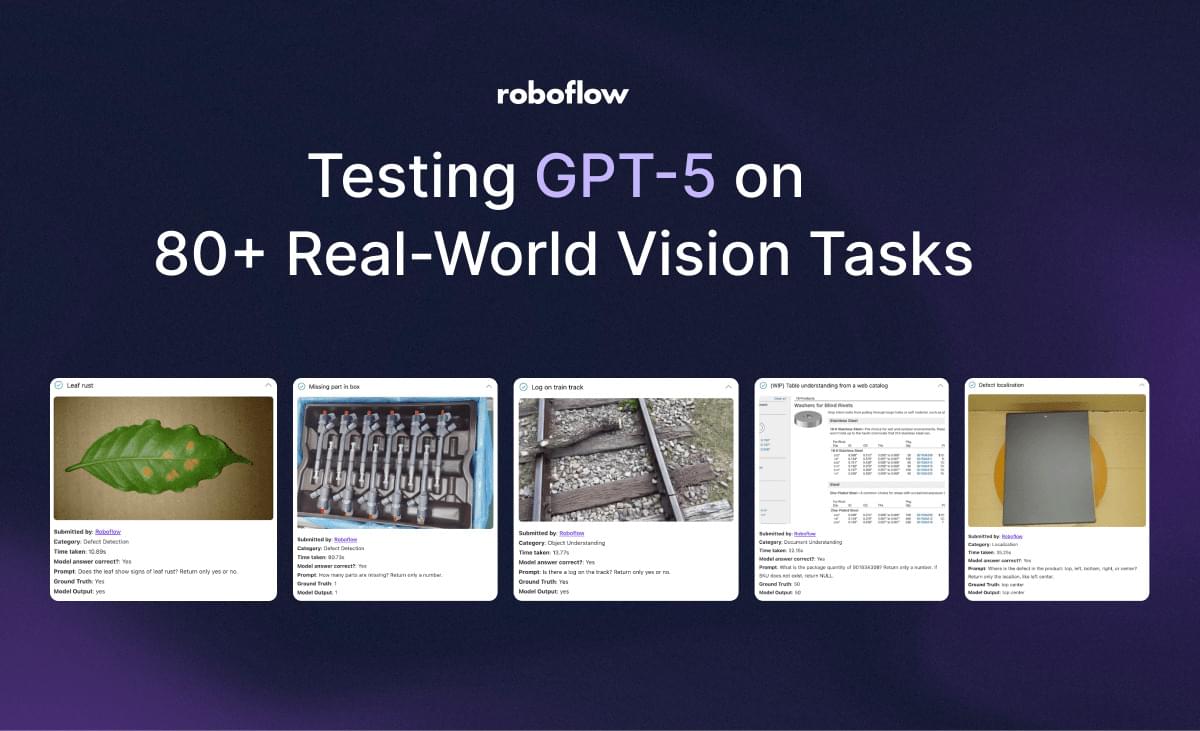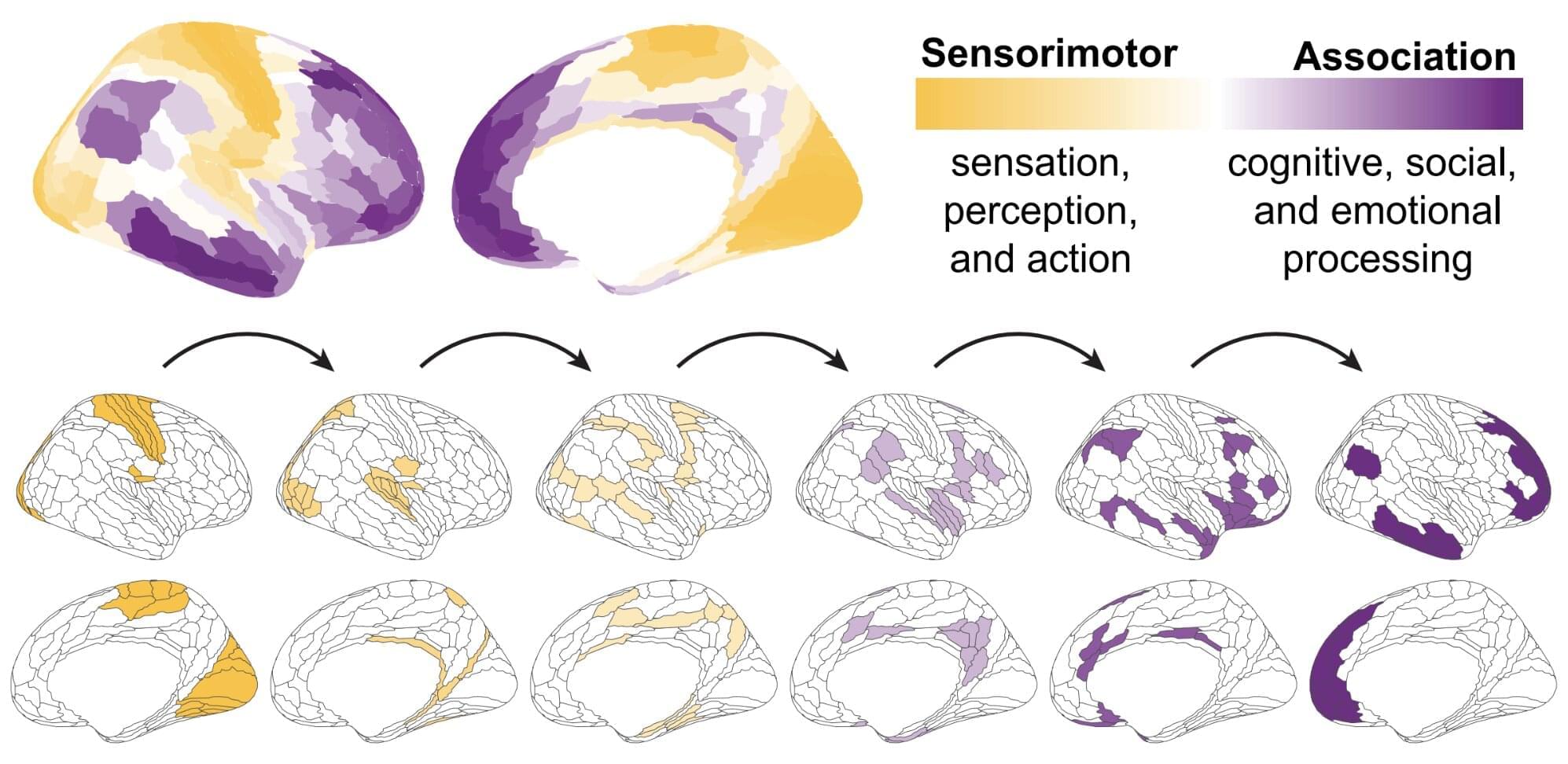SpaceX is making significant progress towards establishing a human presence on Mars, with a major contract, advancements in technology, and plans for infrastructure development, potentially giving them a lead over competitors and raising questions about the future of space exploration and ownership ##
## Questions to inspire discussion.
Mars Exploration and Infrastructure.
🚀 Q: What is SpaceX’s breakthrough in Mars exploration? A: SpaceX’s Starship secured its first paying customer for Mars payloads: the Italian Space Agency, in a deal worth hundreds of millions of dollars.
🔬 Q: What experiments will the Italian Space Agency conduct on Mars? A: The payload includes plant growth, radiation, and local climate monitoring experiments, collecting data during the 6-month flight and on Mars’ surface.
🤖 Q: How will robots assist in Mars exploration? A: SpaceX plans to send 1,000–2,000 Optimus robots to Mars to fix rovers, run experiments, maintain equipment, and scout locations for future missions.





